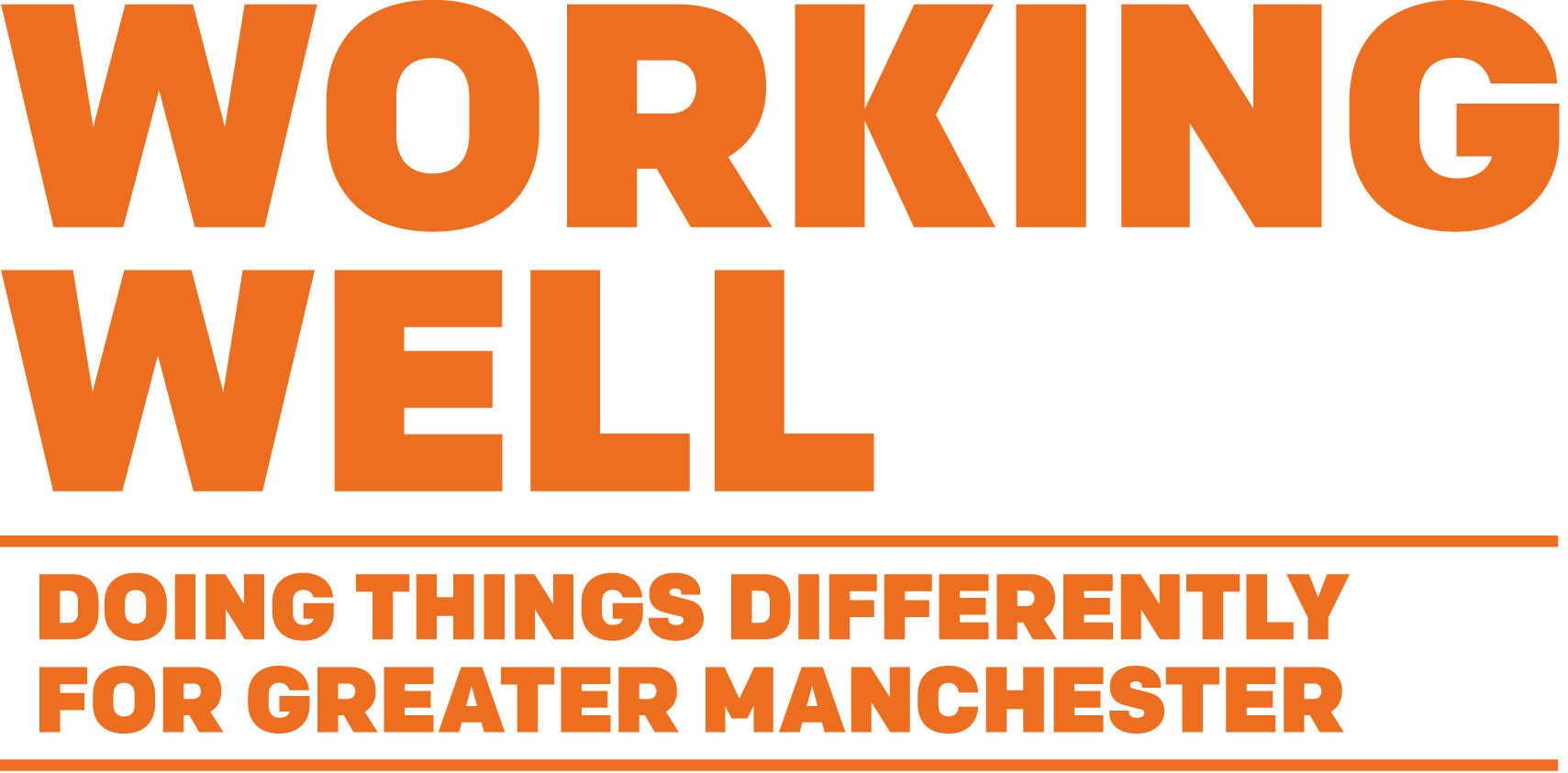How to write a CV with no experience
A curriculum vitae (CV) is a vital piece of the puzzle when it comes to trying to get a job.
But if you’ve got minimal experience, you’ve just left school, or you’ve been out of work for a while, knowing what to put on your CV can be challenging.
After all, your CV needs to stand out from the competition and grab the attention of the hiring manager.
It can feel like Catch 22. You’re told you need experience to get the job, but you need the job to get the experience. Here are our tips and tricks on how to write a CV that stands out.

How to write a CV step by step
Familiarise yourself with a CV structure and choose a template
Before you get started, familiarise yourself with what a CV looks like and what the core components are.
The good news is there are a wealth of CV templates available online. If you’ve got breaks in your career, then a career gap template is a great way for you to communicate this. If you’ve just come out of school or college then you may find a school leavers template the most useful.
Include your personal information
First name and last name
You should include your first and last name on your CV (your middle name is optional). Leave out any nicknames - just because your friends may know you as Disco Dan, it isn’t something you need to share with a potential employer.
Age
Legally you’re not required to include your date of birth thanks to the Equality Act of 2010, but you can if you want to.
Nationality
Unless you’re applying for a government role, you don’t have to include your nationality or race.
Contact information
It’s important to include an up-to-date email address and phone number so that potential employers can get in touch. Make sure to use a professional email address which should be something as simple as your first name, last name and year of birth will do.
You should also specify when you’re contactable, for example, if there’s a certain time of day that you are not available.
Sell yourself in your personal profile
The about yourself section at the top of CV is essentially a sales pitch and will sell you to a hiring manager. It takes recruiters 6 seconds to scan a CV, so it’s important to grab their attention.
The starting paragraph should be around 75 to 100 words and 3 to 4 sentences. This section should tell people who you are, your future career goals, and any skills and strengths you have. You should tailor your personal statement for the specific job you’re applying for.
Here are some examples of a good personal profile:
A determined, ambitious graduate with experience in customer service and hospitality. Previous experience at a Wetherspoons, demonstrating a natural aptitude in the kitchen, interacting with customers with ease, and providing service with a smile. After a period of absence in work after caring for a relative, I am motivated and excited to return to the workforce and restart my career.
A motivated and excited individual who is looking to kickstart their career in construction. I am an enthusiastic, energetic individual who approaches every task and challenge with a positive attitude. I play a key role in the local football club and understand the importance of teamwork and communication. I aim to secure an apprenticeship or entry-level role with a construction company, so that I can develop and grow my skill set for future opportunities.
Think about your transferable skills
Knowing what to put in the ‘Work Experience’ section of a CV can be tricky, especially if you feel like you’ve got nothing to put in there. To showcase your strengths, you can change this section to ‘Key Skills’, and talk about 3 to 4 skills that align with the job you’re applying for.
Everyone has transferable skills that they can display on their CV. A transferable skill is a skill or strength that can be applied to a variety of situations and roles. Transferable skills include:
- Communication
- Team work
- Computer skills
- Time management
- Creative and critical thinking
- Leadership and more.
Don’t be afraid to include any hobbies or interests
Referencing your hobbies and interests is a great way to give prospective employers further insight into who you are as a person, and demonstrate any transferable skills, qualities and potential experience. Here are some examples:
Are you part of a crochet and knitting group? Then you’re a creative person who can follow instructions, focus and problem solve.
Do you like running, yoga or going to the gym? Then you’re a self-motivator with great determination and time management.
Are you an avid gamer who spends time playing Call of Duty, Grand Theft Auto or any other game? Then you’re a team player with excellent computer skills. You can think on your feet, problem-solve, and multi-task.
Are you a bookworm? Then you’ve got exceptional literacy skills and reading skills, along with excellent attention to detail.
You should reframe your hobbies and talk about the experiences you’ve gained from them.
For more inspiration, check out @thefairyjobmother to @paddyjobsman and @cvmonkey on TikTok!
Remember to proofread
Proofreading is the most important and arguably the hardest part of writing a CV. You should avoid sending a CV with spelling mistakes or grammatical errors, so why not ask a friend or family member to check it over, just in case you’ve missed anything.
When you’re proofreading, you should also think about any buzzwords you can add in. If a recruiter is using an applicant tracking system (ATS), they’ll be scanning for specific keywords such as leadership, management or teamwork. These keywords will usually be mentioned on the job description, so keep an eye out.

